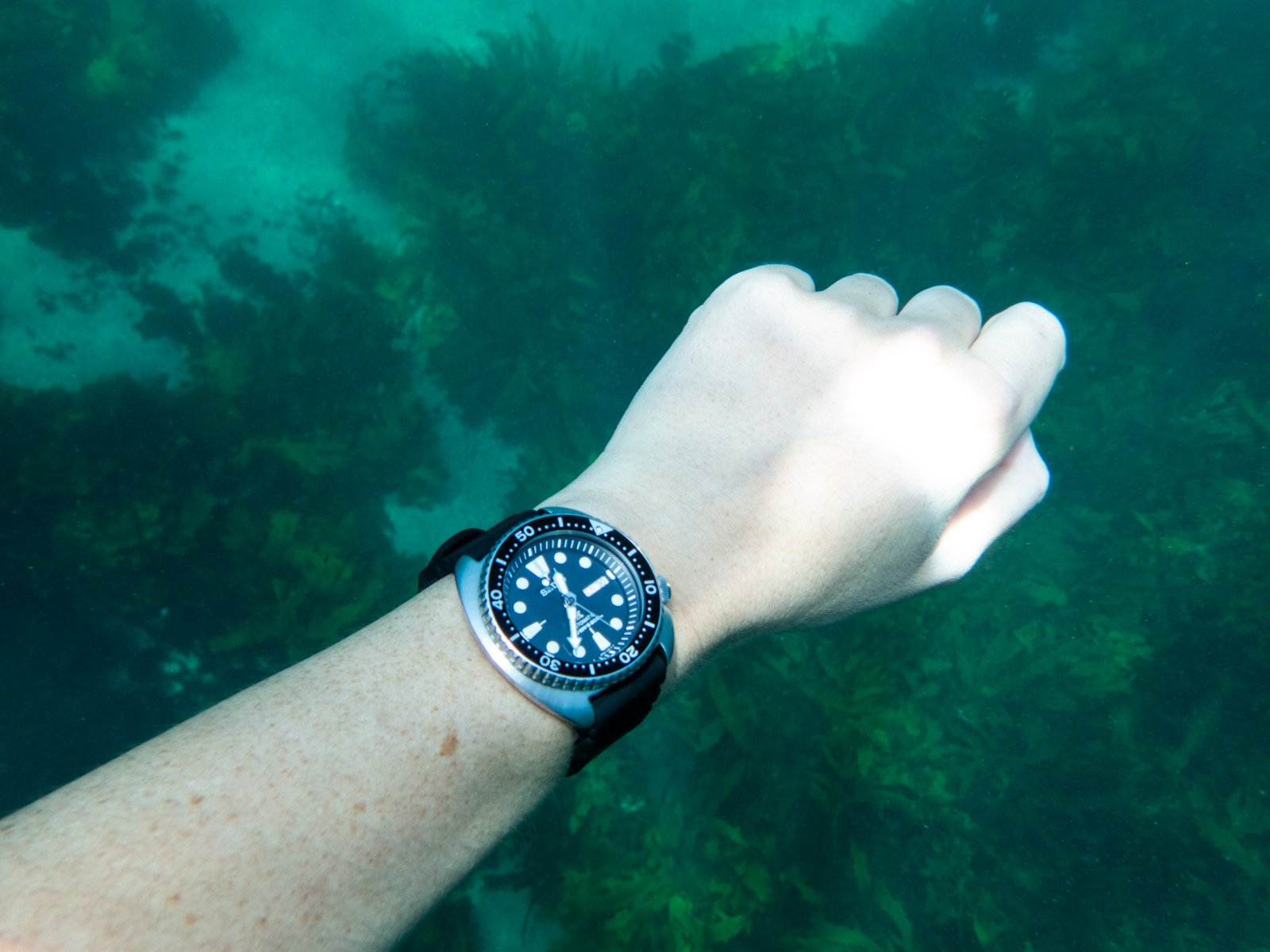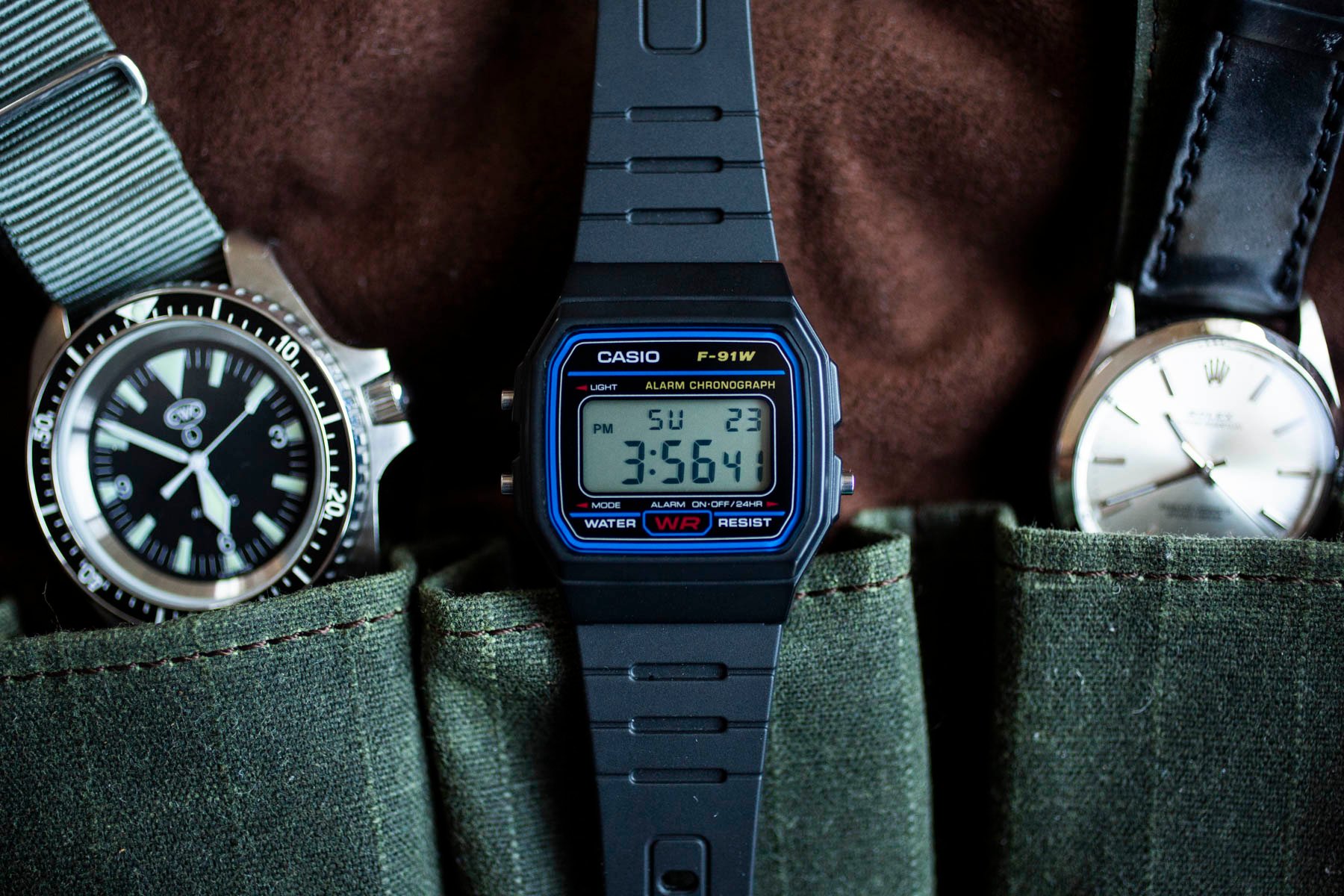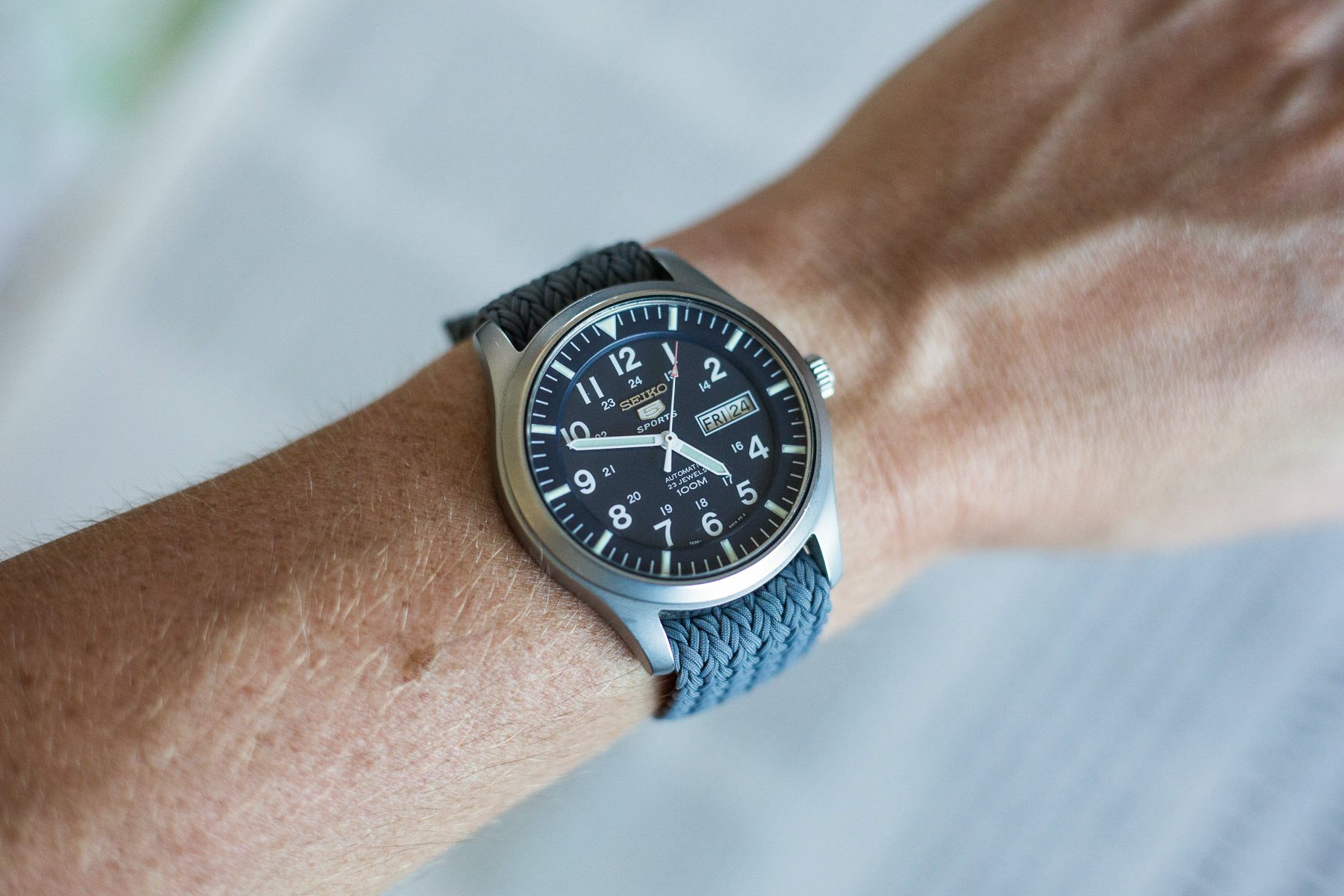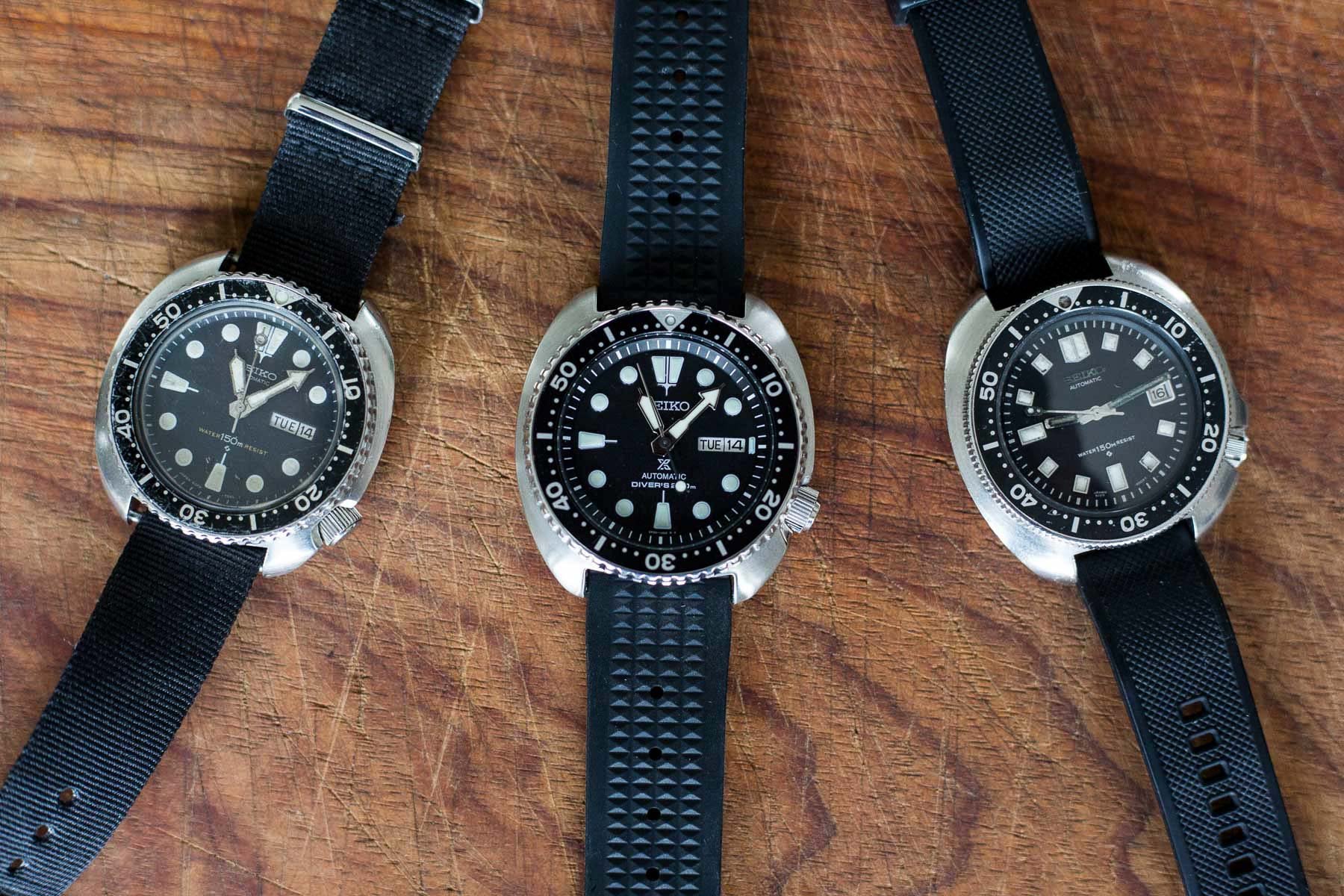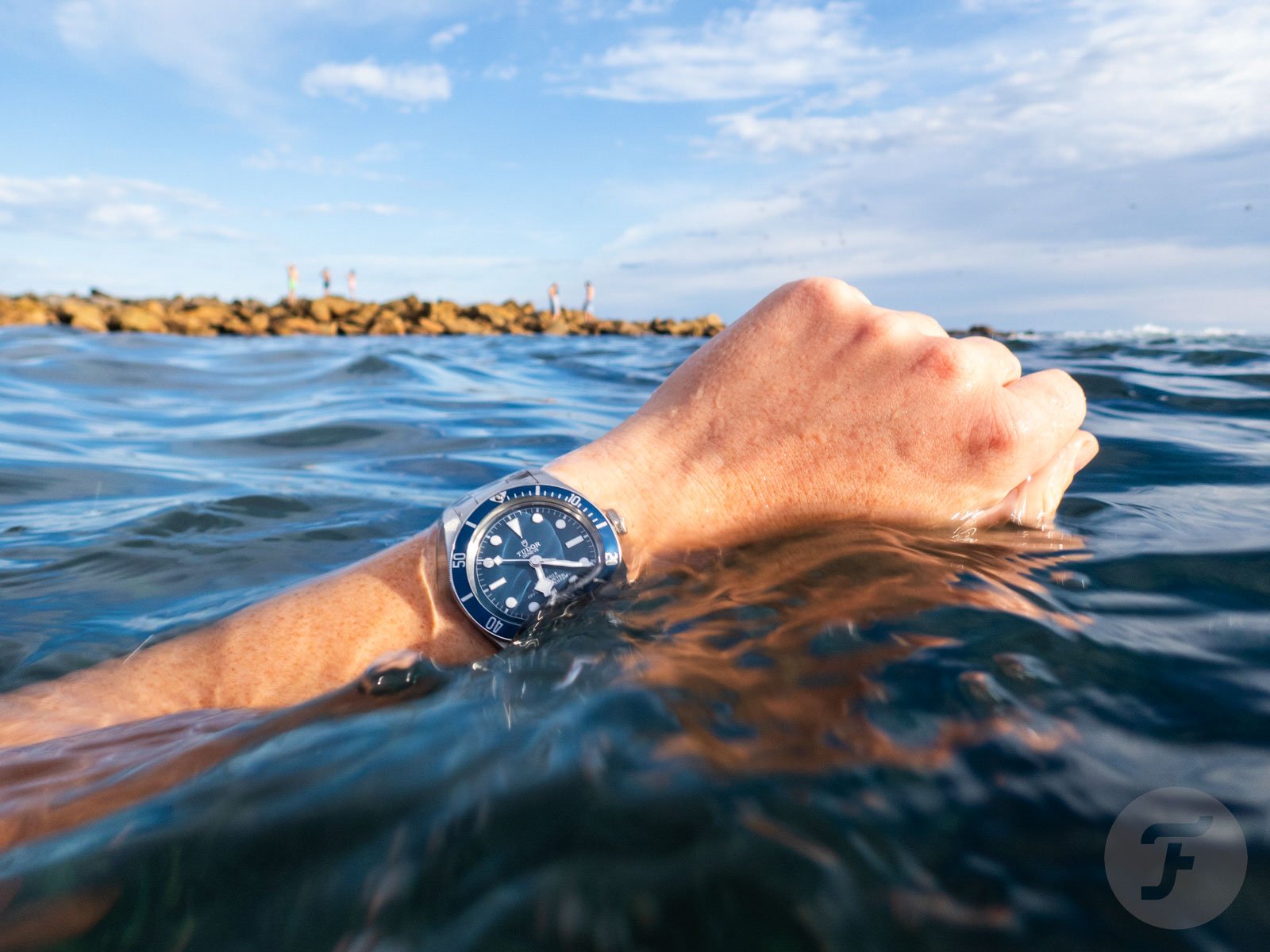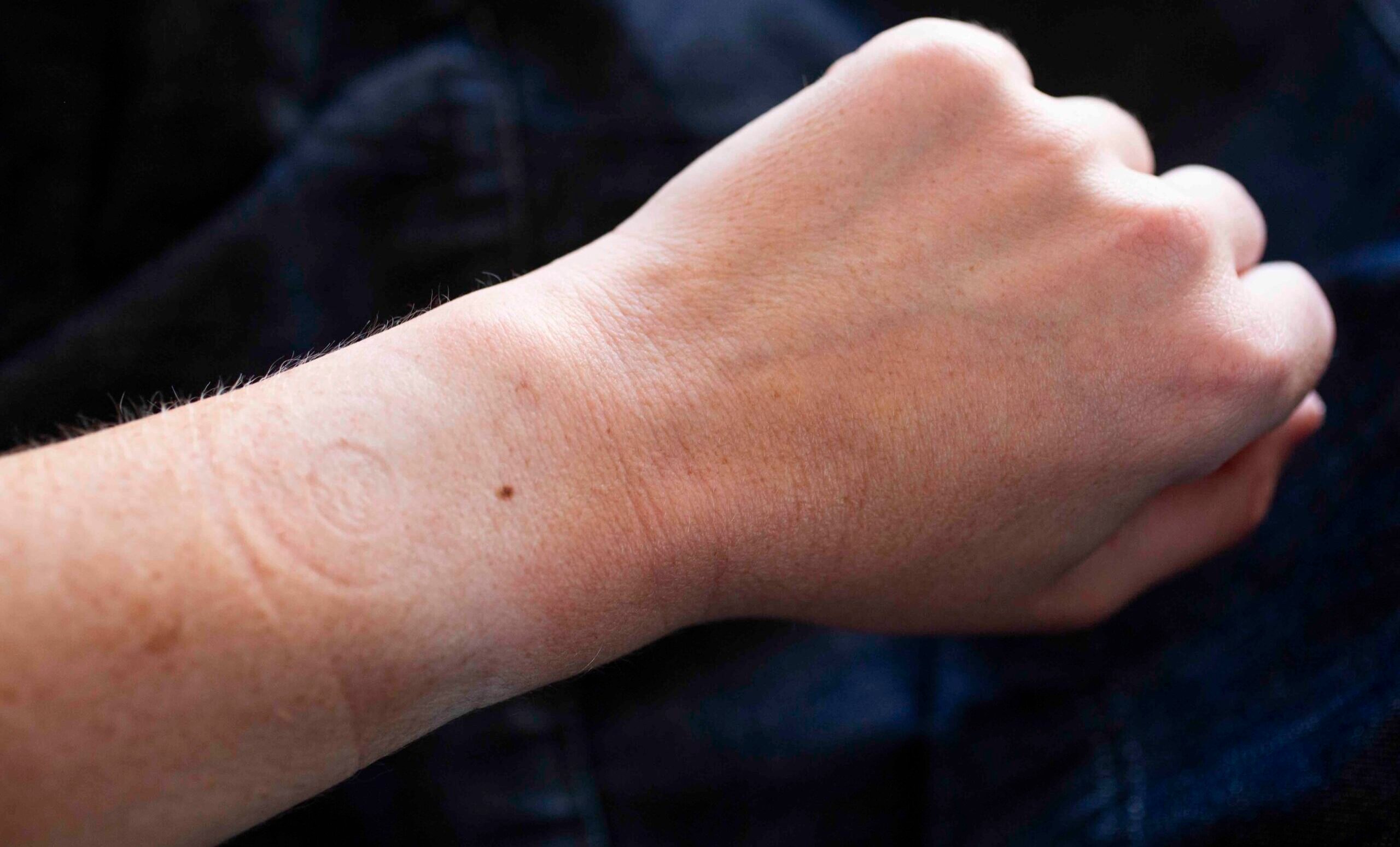Taking Time Off From Time: A Watch-Free Holiday
Going on a holiday is always something I look forward to. I work in quite a hectic field (daily international news), so any break is always welcome. After a recent trip, I have realized that sometimes it’s also nice to take a break from the watch hobby — taking some time off from time, so to speak. Wearing a watch on holiday is not always a given.
Recently, I went on a break with my partner to visit her family out of state here in Australia. This was an important break as it had come off the back of a particularly intense period at work. In the lead-up to that, I was considering what watch to take. For many of us, this will be a familiar process. Let me outline my thinking, where I got to in the end, and why.
An ocean-capable watch
One of the first things I consider when going on a break is taking a watch with water-going capabilities. This doesn’t mean the watch has to be a diver, but it does need to be something that can handle ocean immersion. In my home country of Australia, a local holiday almost always entails some sort of proximity to the ocean. From the previous articles I’ve written here on Fratello, some of you may have gathered this relationship with the ocean has also had an impact on my relationship with the horological hobby. Many of the watches I veer toward have a degree of water resistance.
There are quite a few options that meet this criteria, but they usually fall in the “sports watch” or “dive watch” categories. Thankfully, we’re well served by watch brands in these two genres. Omega has multiple watch lines that reflect the need for a robust, water-resistant watch, just as brands like Tudor and Breitling do. In a sense, Rolex made water resistance part of its brand identity (and success) with the Oyster case design. My latest break took me to coastal South Australia. This is a land known for its wineries, beaches, and small, coastal communities. In the lead-up to my journey, I had a little dilemma: what watch should I take?
What watch to take?
There is no shortage of good watches to take when you want something with decent water resistance. A few questions need to be worked through, though: should it be quartz or mechanical, and should it be an all-out diver or dressier in design? Recently, I did a feature on the Casio F-91W. This is a watch that is simply “water resistant.” However, as I explored in the article on that watch, this is a little timepiece that is far more capable in water than the specification would suggest. I have regularly seen the Casio F-91W on the wrists of all sorts of people, from rebels and spies to everyday folks.
As I wrote in that article, Casio is a brand that sparks fond memories for many of us here at Fratello. For some of us, a Casio watch represents the moment we started to get involved with this hobby or learned to appreciate the durability of something like a G-Shock. Fratello Managing Editor Nacho’s first watch was indeed the Casio F-91W. My colleague Gerard is a keen admirer of G-Shocks, and we did a podcast on them, which you can watch here. I have taken the Casio F-91W ocean swimming, and it has performed perfectly well. It’s an inexpensive watch that is durable, reliable, and under the radar. The downside to this watch? Well, there aren’t very many except perhaps that it doesn’t feel that special. Call it baloney, but I find there is something a little special about wearing a mechanical timepiece.
Wearing a watch on holiday
The default setting for me is not taking a Casio but something from the Seiko stable instead. I have a couple of options here. One is the Seiko 5 I wore while working in Southeast Asia, which was my first mechanical watch. It houses a basic Seiko 7S26 movement, which means it has a day/date function and no hacking or manual winding. But what the watch does offer is a practical and highly legible dial with plenty of lume. The watch also has significant emotional value and is durable enough with its 100m depth rating but no screw-down crown.
In fact, on paper, this would be the perfect watch for me to take on holiday. It’s simple, effective, and fun. But there’s something about the next Seiko watch I’ll talk about that usually trumps this Seiko 5.
I’m referring to the Seiko “Turtle” ref. SRPE93. The heritage of this model stems from the iconic turtle-shell-shaped case, and it hails from Seiko diver royalty. The DNA of the Seiko 6105 and Seiko 6309 is clearly on display. It’s also relatively inexpensive at around AU$450 (€280) and comes with significant upgrades over my Seiko 5. These upgrades include the newer Seiko 4R36 caliber, which provides hacking and manual winding. The watch also has a screw-down crown, a 200m depth rating, and an attractive, organic case design. The challenge here is its significant size, coming in at 45mm (even if the case shape wears exceptionally well).
Taking time off from time
I could then look at some of my other options from Tudor, CWC, and IWC. My Tudor Black Bay 58 is probably the most likely contender of the three brands mentioned simply because it has become my everyday watch. It also meets the criteria I would usually consider when going on a break, including great durability and good water resistance. Furthermore, it packs a lot of punch in being an attractive timepiece in a slightly more luxurious setting, such as a winery. But part of the fun of a break is also taking a break from your regular timepiece! So, what’s the answer? To not wear a watch at all. Not taking a watch on holiday stops that errant glance down at my wrist every so often. It’s also another means to truly disconnect from the hectic routines of daily life.
In a way, not wearing a watch on holiday allows one to take time off from time itself and, in so doing, reconnect with it differently. It’s something I thoroughly enjoyed. Once the initial phase of glancing down at a wrist without a watch started to fade, not wearing a watch helped me relax and lose track of time. That can be a real stress reliever while on holiday! But one of the best things about this is that it allowed me to appreciate the hobby all the more when I got back home. It felt nice to strap on a watch after having taken a break for a couple of weeks. There is something comfortable, familiar, and endearing about it.
Final thoughts
A major part of this holiday was getting to also switch off by doubling down on my passion for analog film photography. Appreciating the mechanical objects and analog nature of old film cameras brings me a similar enjoyment to what I experience with vintage and modern mechanical timepieces.
What about you, Fratelli? Do you ever leave your watch(es) at home while on holiday so you can take a proper break? Let me know in the comments (extra points if you can guess the watch I was wearing before I snapped the shot above!).

